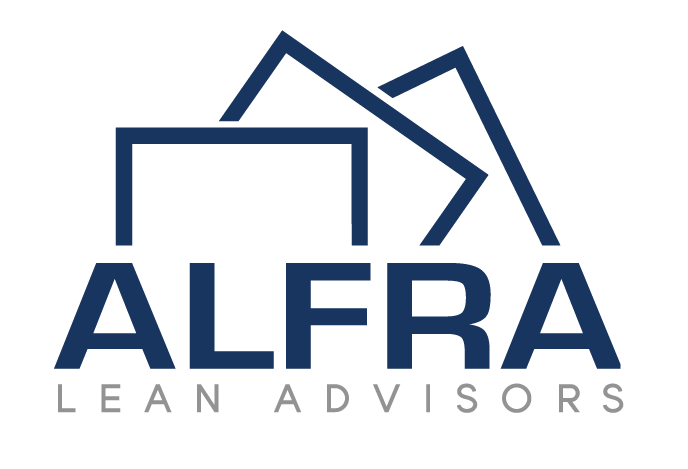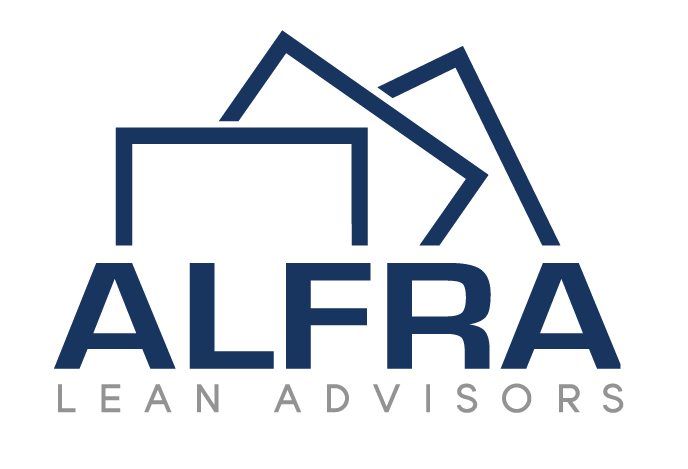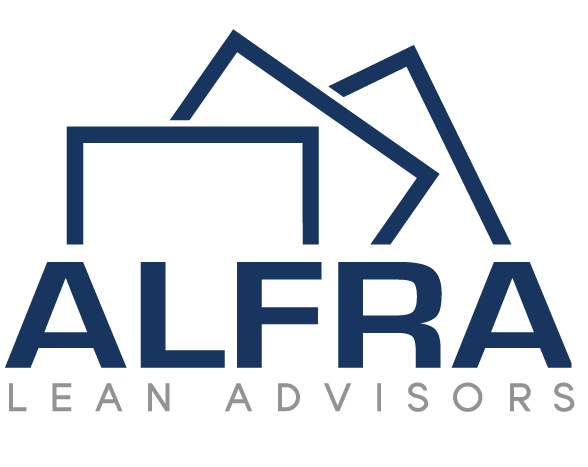Today’s workplace is fast-paced and demanding, but that’s nothing new. We’ve been juggling multiple responsibilities, competing demands, and fragmented attention for decades. The only thing that’s changed is the rate at which our work and digital lives continue to accelerate. In this hyperconnected world of 24/7 connectivity, it can be difficult to switch off — even outside of work hours.
Did you know that employees who always experience burnout at work are:
-
60% more prone to take a sick day
-
50% less likely to create a good collaboration with its boss
-
200% more likely to leave their job
-
10% less confident in their work
1. What is employee burnout?
Burnout is a state of mental, emotional, and physical exhaustion brought on by extended periods of stress and overextending yourself. It is not a fatal condition, but it can lead to reduced productivity and even career-ending depression if left unchecked. Burnout can affect anyone regardless of profession or role. Since it is a state of prolonged stress, the signs of burnout can vary depending on the person. However, common symptoms include feelings of fatigue, cynicism, and reduced motivation. Some people also experience changes in their physical health as a result of their mental state — in particular, insomnia, digestive issues, and headaches.

2. What causes employee burnout?
Organizations often struggle to understand what employee engagement means and how to achieve it. One of the most important steps is to clearly understand the factors that are likely to lead to burnout and employee disengagement. These include:
Lack of control and autonomy – Feeling like you have little control over your work and life can do serious damage to your mental health. Some people crave structure and clear boundaries, but for others, having too many rules and restrictions can leave them feeling that their lives are out of their control.
Lack of recognition – Feeling like your contributions don’t matter and that no one notices your hard work is a recipe for disengagement. This can happen when your organization fails to recognize your efforts, or when you fail to recognize the efforts of others.
Lack of work-life balance – People have different expectations and needs related to how they want to spend their time and how they want to be treated by their employers. This balance can be particularly tricky to navigate when your organization has 24/7 operations.

3. The consequences of employee burnout
The consequences of employee burnout can be far-reaching and long-lasting. They include negative impacts on employee turnover, productivity, retention, and health and wellness. If left unchecked, burnout can also have a significant impact on your bottom line.
Negative impact on employee retention – High levels of employee turnover can have a significant impact on your organization’s bottom line. Retaining high-performing employees will help you reduce the costs associated with hiring and training new hires.
Negative impact on productivity – When employees are burnt out, they are less likely to perform at their best. They might feel like they’re “going through the motions” or physically unable to do their best work. When this happens, it can take months to recover.
Negative impact on health and wellness – When employees are burnt out, they are more likely to experience health problems that can lead to costly health insurance claims.

4. Tips to help stem the tide of employee burnout
Take an active approach to employee recognition – Make sure you have clear recognition and reward systems in place to acknowledge the contributions and achievements of your employees. Establishing a culture of recognition can help you to ward off feelings of burnout by recognizing the positive impacts your employees have on their clients, customers, and peers.
Take an active approach to employee autonomy – Create clear boundaries so employees know what is expected of them, but also give them the autonomy they need to meet those expectations. Help your employees to feel empowered to make decisions, solve problems, and contribute their best work without feeling like they’re being micro-managed.
Take an active approach to work-life balance – Create a culture that supports employees in meeting their work-life balance expectations. This might include having clear policies and procedures in place to support employees who are parenting or caring for a loved one, or who are experiencing times of significant personal or health challenges.

Conclusion
Employee burnout can significantly impact your organization’s bottom line. It can negatively impact productivity, retention, and the overall health and wellness of your employees. To reduce the risk of employee burnout, focus on creating a work environment that offers autonomy, recognition, and work-life balance. Finally, be proactive in identifying and addressing the factors that are likely to lead to burnout in your employees.





